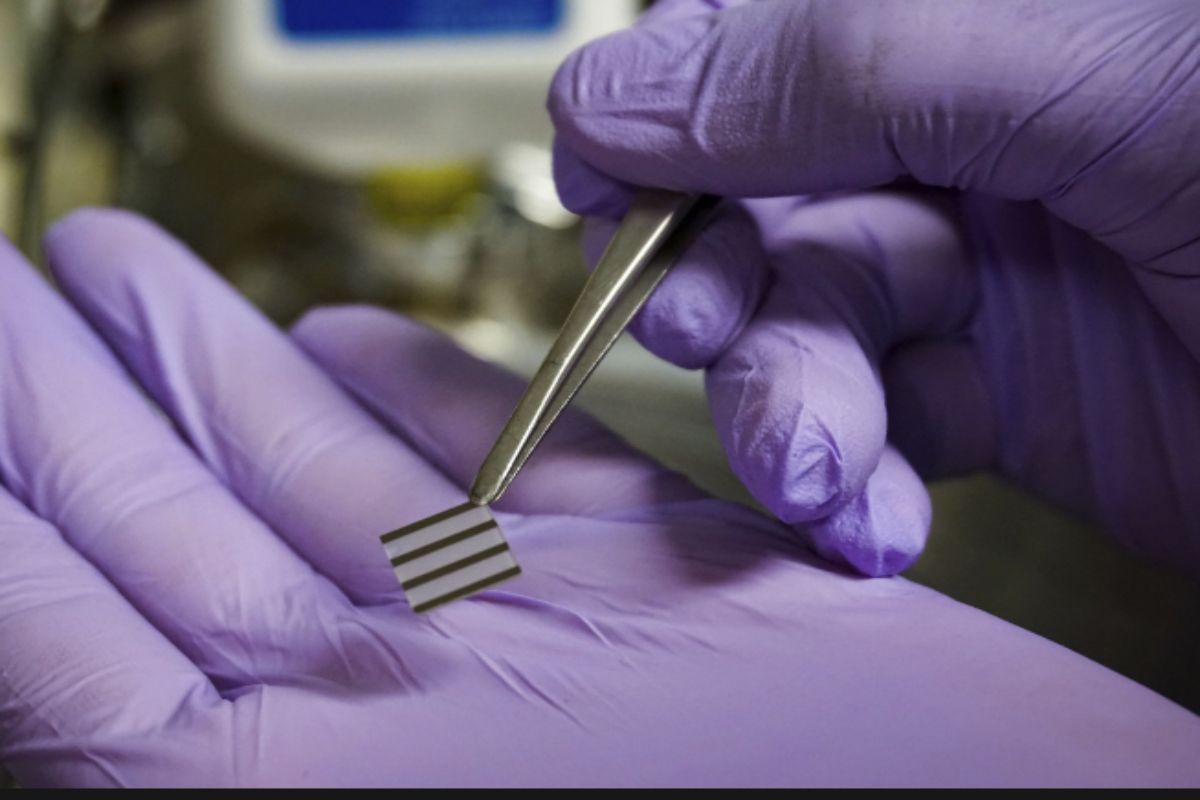Metals: Scientists have observed for the first time that metals can heal themselves. This discovery was made accidentally at the Department of Energy’s Center for Integrated Nanotechnologies. Metals have a propensity to rupture and develop cracks due to long periods of use. That is why bridges, engines, wheels and other equipment get damaged after extended periods of use. The Department of Energy’s facility is used by Sandia and the Los Alamos national laboratories. Initially, the scientists were interested in understanding how cracks form and spread through a nanoscale piece of platinum. However, just after 40 minutes of the experiment, the scientists discovered that one end of the crack had fused by itself and there was no sign of any injury. This finding by Sandia and the Texas A&M University researchers was recently published in the scientific journal, Nature.
Intrinsic ability
Commenting upon this discovery, Brad Boyce, a material scientist from Sandia said, “What we have confirmed is that metals have their own intrinsic, natural ability to heal themselves, at least in the case of fatigue damage at the nanoscale.” Researchers say that if harnessed, this could lead to the development of self-healing bridges, air planes, cars and engines and save billions of dollars. Self-healing technologies can also lead to the enhancement of the safety and longevity of metal-based structures, such as bridges. Boyce emphasized the economic impact of these cracks saying, “When they do fail, we have to contend with replacement costs, lost time and, in some cases, even injuries or loss of life. The economic impact of these failures is measured in hundreds of billions of dollars every year for the U.S.”
Based in fantasy
Until now, the concept of self-healing has been limited to science fiction only. Michael Demkowocz had theorized on this process several years ago based on computer simulation.
Keep watching our YouTube Channel ‘DNP INDIA’. Also, please subscribe and follow us on FACEBOOK, INSTAGRAM, and TWITTER
